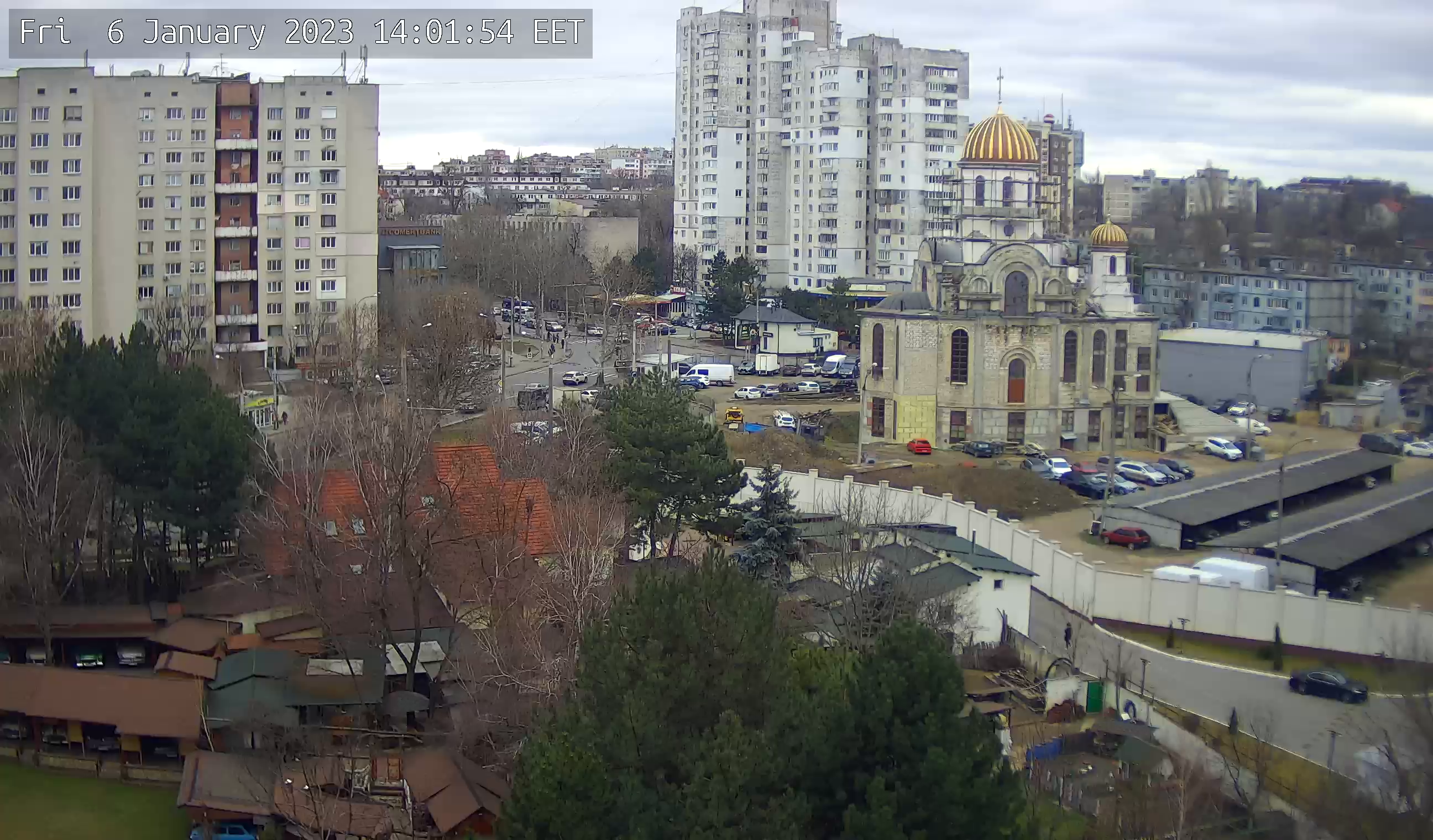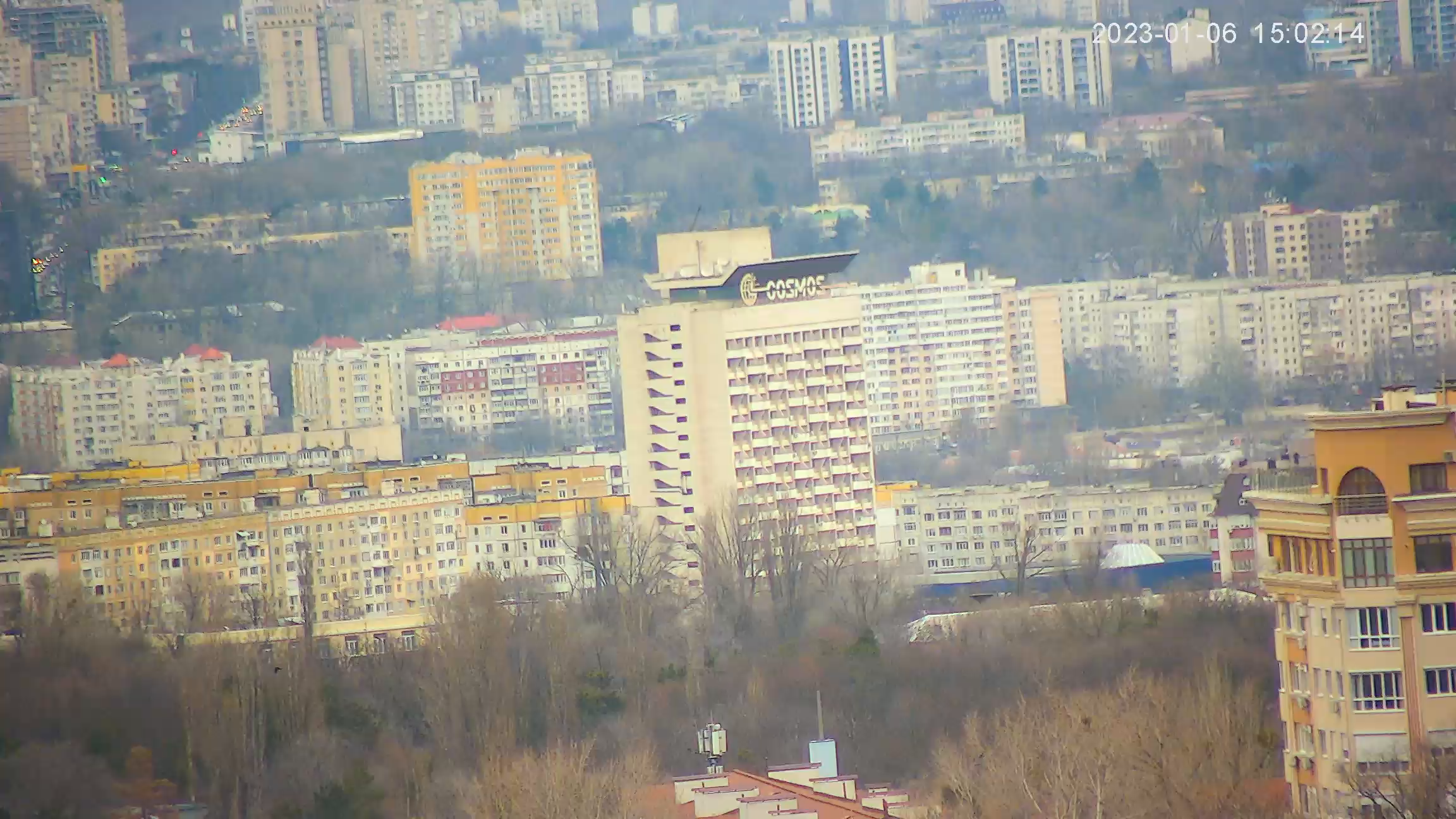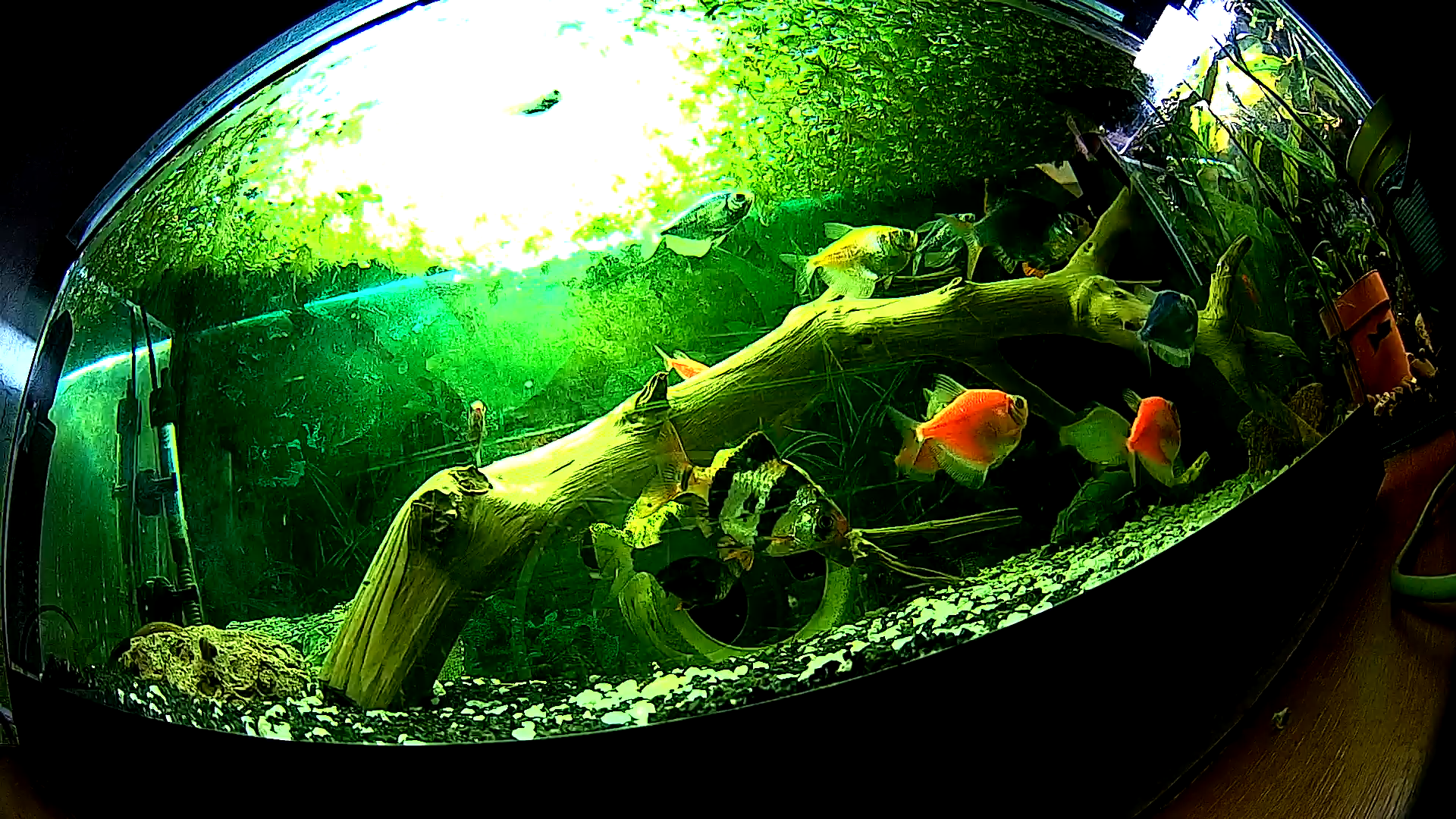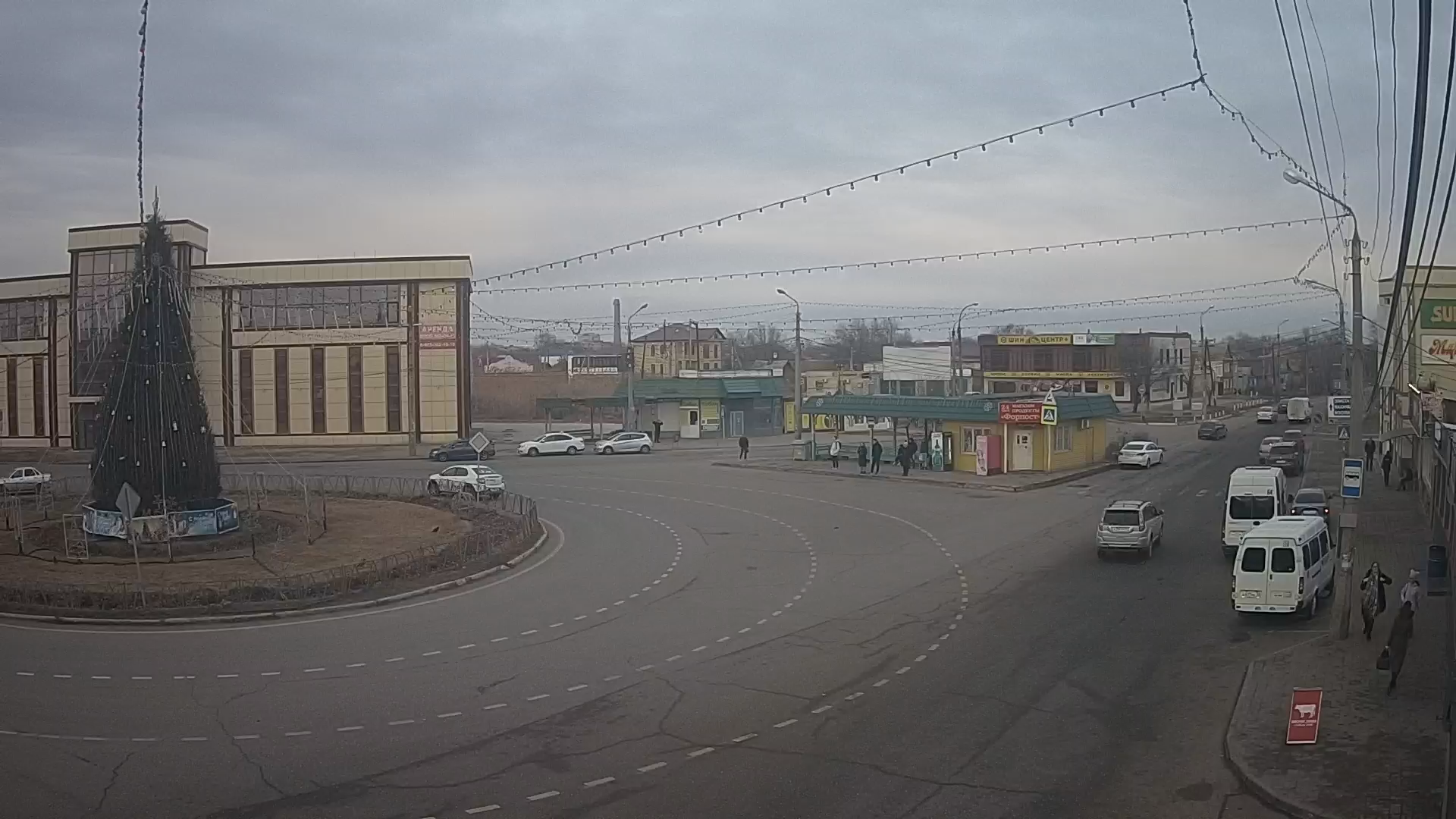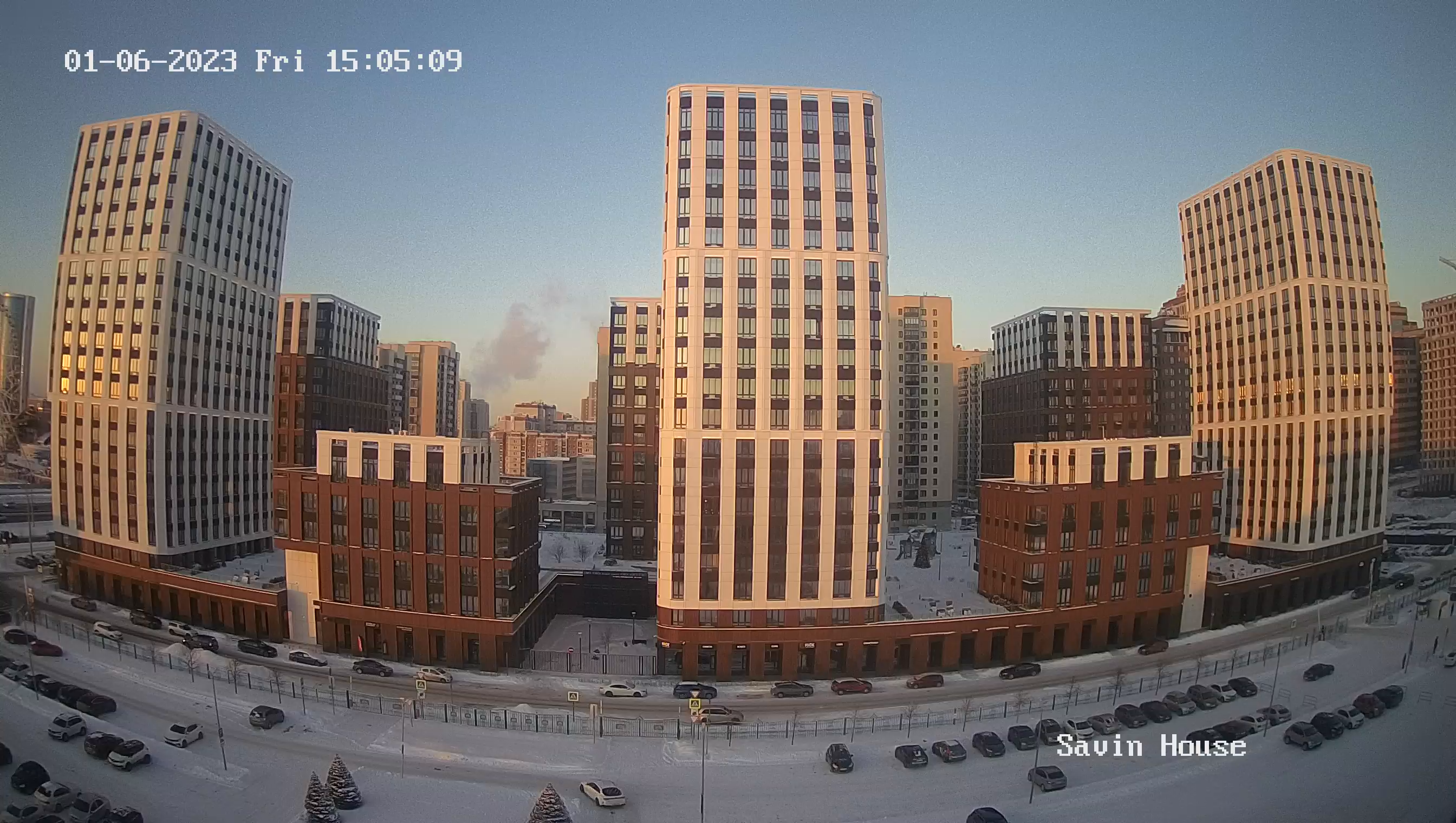Webcam Bad Bruckenau. Panorama online in real time
Bad Brückenau is a spa town in the district of Bad Kissingen in northwestern Bavaria in the Rhine Mountains.
Bad Brückenau is situated in the tree-lined Schinn Valley, in the western part of the Rhine Mountains - the river is a tributary of the Main. It consists of five parts: the central city and four suburbs: the Staatsbad Brückenau, Wernarz, Volkers and Römershag.
The early history of the city is little documented. The first buildings were probably erected near the ford over the Schinn, which was used in Charlemagne's time. By the twelfth century, the settlement had grown to the size of a small town and was called Sinn-Au.
The earliest mention of the town is found in a document dating back to 1249, when the abbey of Fulda granted Sinn-Au certain privileges. In 1260 the bishop built four castles around the town, which he gave to various vassals in the area. Around the same time he also fortified the town with a simple city wall.
In 1310 Sinn-Au received city rights from King (later Emperor) Henry VII. This gave Bruckenau the right to maintain its walls, hold markets, have its own council, cut down trees in the forests, raise taxes on wine, and so on. In 1337 the cathedral exercised its new rights and enlarged the walls and strengthened the gates. In 1597 the town received its present name, Brückenau, when a bridge (German: Brücke) was built over the Sinn. In August 1876 the town was almost completely destroyed by fire.
In the 15th century, a sour well is mentioned four kilometers down the valley in a southwesterly direction. Already then the water was known for its medicinal properties, and in 1747 the bishop of Fulda, Amandus von Buzek, built a fountain. Under his successor Heinrich von Biebr, the first hotels were built and two more wells were discovered. The baroque ensemble along the main axis of the Kurpark dates back to these days. In 1816, after the Napoleonic wars, Brückenau became part of the Kingdom of Bavaria.
Brückenau became the favourite resort of King Ludwig I of Bavaria, who financed a large-scale reconstruction. The central building of the time was the Große Kursaal. After the German Revolution in 1848 and the abdication of Ludwig I, the Bavarian government leased the spa to private entrepreneurs. Today most of the hotels are leased by the Dorint. In the first decade of the 20th century, the town, rebuilt after a fire, began to mimic the success of the resort. Three wells were discovered, and the town and a group of citizens created two parks.
As a result of administrative reform in 1970, Stackbad became part of the city and the entire Brückenau was given the official name "Bad."

